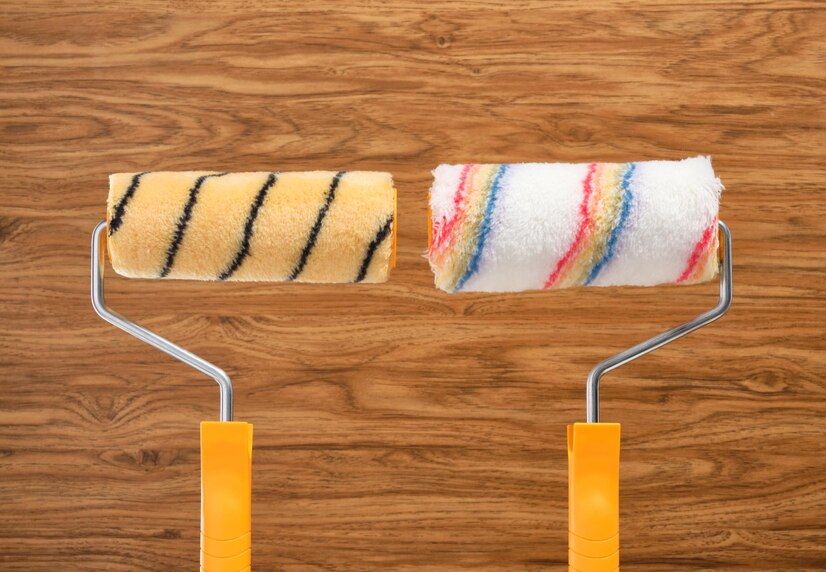Renovation cleaning to your home can be a thrilling adventure. The improvement of the kitchen, bathroom remodeling or giving the living room a modern look often has a dark side; post-renovation dirtiness. It could be daunting to clean up after renovation since there is a lot of dust everywhere on every surface and building leftovers are also scattered around. Nonetheless, you can have your house as clean as possible by employing the correct approach, tools, and methods. Here is how you can pass through dust and make it easier for yourself when tidying up after renovating cleaning.
Understanding Post-Renovation Cleaning Issues
It is important to consider some of the following challenges before cleaning process begins in order to understand what is involved in post-renovating cleaning:
Dust Coating Every Surface: Construction fine dust can get into even tiniest cracks and holes settling sometimes on walls, furniture, and inside air vents.
Construction Waste and Remains: There are usually remnants like nails, tile fragments or wood scraps left behind from construction work.
Stains and Spills: Drips from paint cans that are dried up, adhesive remains among other spills may tarnish floors countertops or windows.
Health Concerns: This is due to the fact that renovation dust can contain allergens and toxic substances such as silica or asbestos (depending on used materials), and thus, proper cleanup becomes a must for a healthy living.
Essential Tools and Supplies for Post-Renovation Cleaning
The following are some essential tools and supplies you need to possess when it comes to post-renovation cleaning:
Cleaning Supplies:
Microfiber cloths
Heavy duty sponges
Buckets and mops
Cleaning sprays (all-purpose, glass, floor cleaners)
Degreasers or adhesive removers
Specialized Tools:
HEPA vacuum cleaner (to trap fine dust particles)
Steam cleaner (for floors and grout)
Stiff bristle brushes
Ladders (for high surfaces)
Protective Gear:
Face masks or respirators
Rubber gloves
Safety goggles
Dust from Top to Bottom
Following renovations, dust accumulates on all the surfaces; hence, a systematic approach is necessary. Start at the top and work your way down:
Ceilings and Walls:
Use microfiber dusters or damp cloths to wipe ceilings, walls and corners. In case one of the painted surfaces is involved, try to do it gently so that no fresh finish would be damaged.
Light Fixtures and Fans:
Clean out ceiling fans, light fixtures and vents because they trap a great deal of dust most of the time.
Furniture and Surfaces:
You can also use moistened microfiber cloth for wiping all furniture items as well as shelves or countertops in order to capture dust efficiently.
Pay Special Attention to Windows and Mirrors
Windows and mirrors usually lose their luster due to renovation dirt. A glass cleaner coupled with cotton-free cloth will help you recover its clearness. Do not forget about window sills, frames or tracks that are generally filled with mud and other dirty things.
Clean Air Vents and Replace Filters
Your HVAC may draw in construction particles which affect indoor air quality. Remove vent covers before cleaning them thoroughly then vacuum inside the ducts too. Air filters need replacement in order for dust as well as allergens not to spread around thereby reducing air pollutants from construction entering your house
Deep Clean Floors
After a renovation, the floors are often a sight of dirt. How to clean the floor depends on its type:
Hardwood or Laminate Floors:
For fine dust and scuffs, sweep and mop with a wood-friendly cleaner.
Tile Floors:
To vacuum grout lines, use a steam cleaner or tile-specific cleaner and then mop them.
Carpets and Rugs:
A HEPA vacuum can be used for removing dust followed by professional steam cleaning that extracts deeper dirt and allergens.
Address Stubborn Stains and Residue
Apart from old paint drips, sticky residue after peeling off stickers, or caulk marks may be left behind in renovation projects. Consider the following tips for remedying this issue:
Paint Splashes:
Use soap water after scraping gently using a plastic scraper like old credit cards.
Adhesive Residue:
Apply adhesive remover or rubbing alcohol to break down spots where glue persisted too long.
Grout Haze:
For tiled areas, use a grout haze remover to return their former brightness.
Sanitize High-Touch Areas
Renovation includes handling doors, knobs, switches, countertops. Wipe these high touch surfaces including door handles with a germicide.
The Last Things That Need to Be Done
When you finish the major renovating cleaning, go through the entire space again just to ensure that you have not missed anything. Do some finishing touches, like polishing fixtures, fluffing cushions, and organizing furniture so as to make it look brand new.
Health and Safety Tips for Post-Renovation Cleaning
Ventilation:
If you open windows and doors in your house, this can help increase air flow thereby reducing dust concentration.
Protect Yourself:
To avoid inhaling fine dust during cleanup activities, individuals should always wear masks.
Eco-Friendly Products:
Minimize contact with harmful chemicals by ensuring that one uses ecofriendly and non-toxic cleaning agents.
When to Call Professionals
Though doing a do-it-yourself post-renovation cleaning is fulfilling at times there are certain situations where it would be better off if professionals are involved:
With lots of debris and dust after big renovation work.
Dealing with materials which are hazardous such as asbestos or lead paint.
In case an individual lacks enough time or machinery for thorough renovating cleaning process;
Conclusion
Consequently, undertaking post-renovating cleaning is an integral part of converting your redesigned space into a habitable and healthful setting. By employing these practical tips, one can efficiently deal with dirt particles brought about by dusting out stains from their homes hence presenting no exceptionality towards ones’ home. Bear in mind that maintaining cleanliness in your home is not only to add aesthetics but also improve health conditions that will make your remodeling experience more meaningful.




